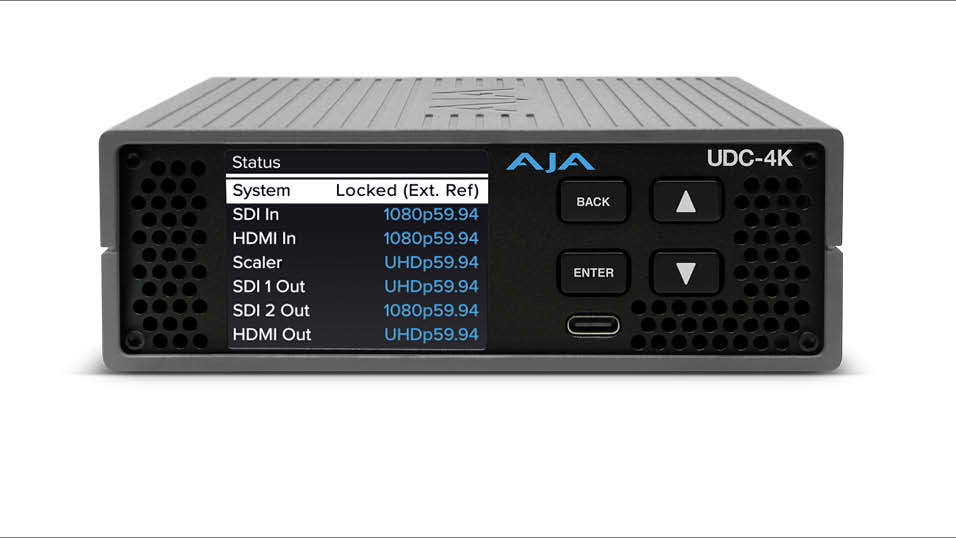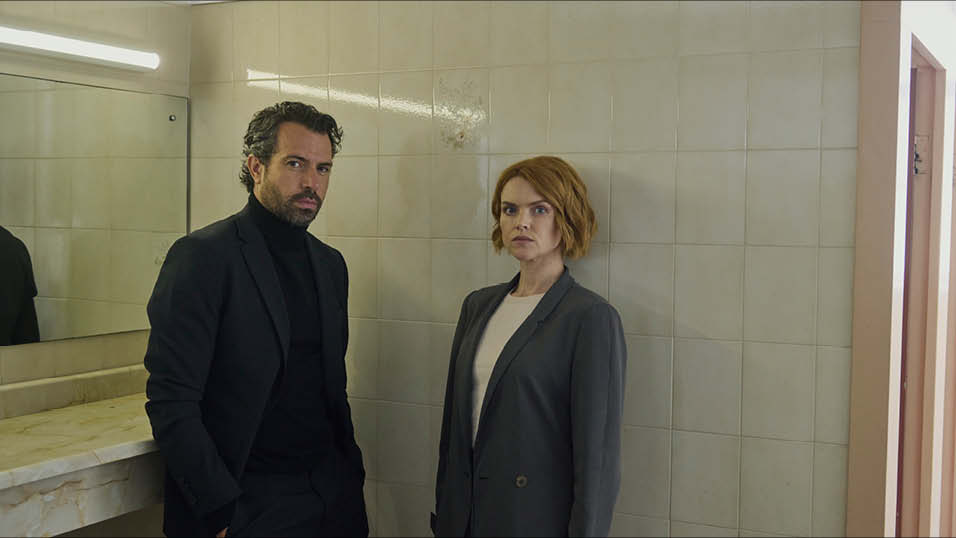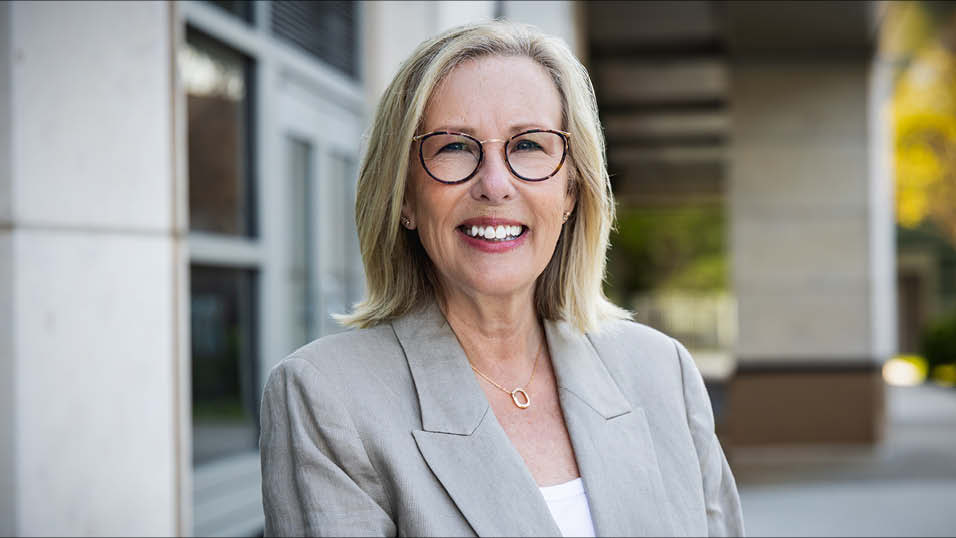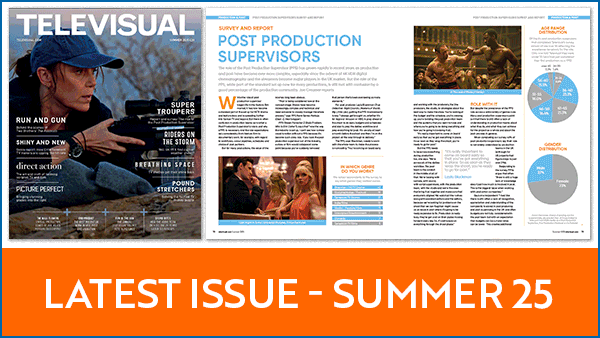Remote editing and grading is set to make further inroads into broadcast post production in the year ahead, with many producers and post houses now considering it standard practice, certainly for shortform, graphics and idents work.
The UK’s biggest VFX players such as The Mill, MPC and Framestore have been using T-VIPs for point-to-point video transport technology for some time but now a much wider range of editing tools are offering remote solutions.
Forscene has proved itself to be a very affordable and scalable proxy-based workflow tool. Increasing numbers are also using Avid’s web-based remote editing platform MediaCentral, including Silverglade, Dock 10 and Splice as well as in-house promo departments at broadcasters such as NBC Universal and colleges such as Ravensbourne.
But whatever remote editing system you use (EditShare’s Flow and Adobe Anywhere also offer remote options) over the next year we can expect them to become more widespread. That’s because, as Dock 10’s head of production Paul Austin points out, there is a growing expectation from producers that they can see rushes and perform basic logging and sync pulling tasks wherever they are.
Secondly, post houses are more than happy to let them, because it allows facilities to sweat their assets – primarily premium edit suites – by keeping the less profitable activities (viewing rushes, logging and sync pulling) out of the edit. As Root6’s Rupert Watson points out: “Facilities are like hotels – they have a fixed number of rooms which they can only sell once. Remote workflows allow facilities to reserve their premium rooms for those that are prepared to pay premium rates.”
Watson adds: “Remote editing also appears to give facilities a layer of stickiness – MediaCentral is increasingly resembling the loss leading offlines of the past. The flexibility remote editing offers is a clear benefit to the producer, but the post house will still store the media, and the edits that get done are in the facility’s database, so their clients are not going anywhere.”
But anyone adopting remote workflows in 2016 should bear in mind that the technology is complex, and has some way to go before it can completely replicate the experience of editing on an in-house Media Composer hooked up to shared storage.
Some post houses report that remote editing can be ‘laggy’ and is more suited to short form content, idents and graphics than multilayered, long form video. Over the next year we can expect remote editing technology to become more mature, bug free, reliable and robust.
We will also see post houses which have more storage and performance capability than edit suites creating pop up offices using remote editing technology.
New converts to remote editing can expect it to change the way a facility operates, says Silverglade’s Jason Tomkins. “We have found that production teams expected to be able to increase users as the tool grows in popularity.” Silverglade recently upped its 30 MediaCentral seats to 45 to cope with demand and is now taking a close look at Media Composer Cloud.
David Wood
Share this story

















